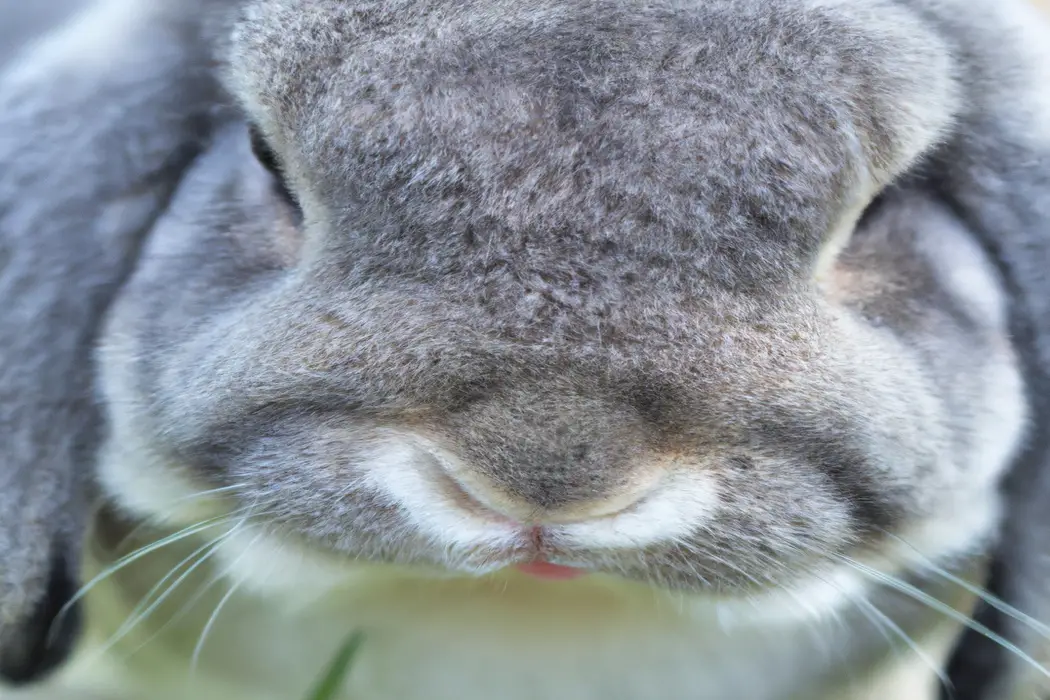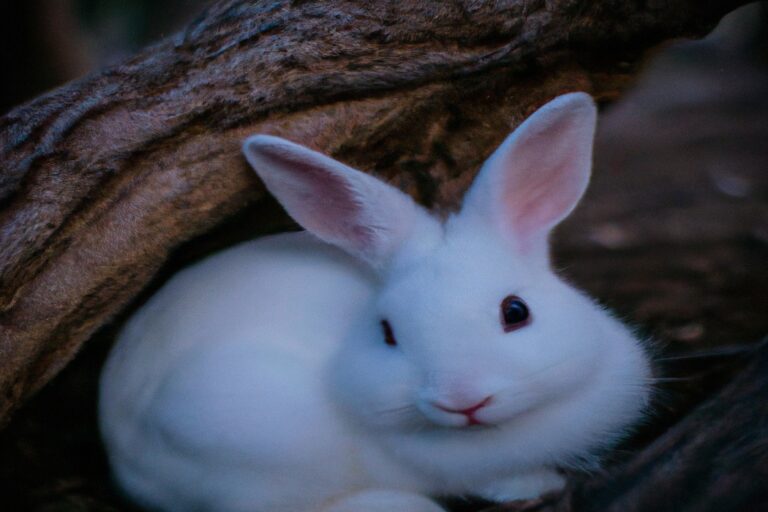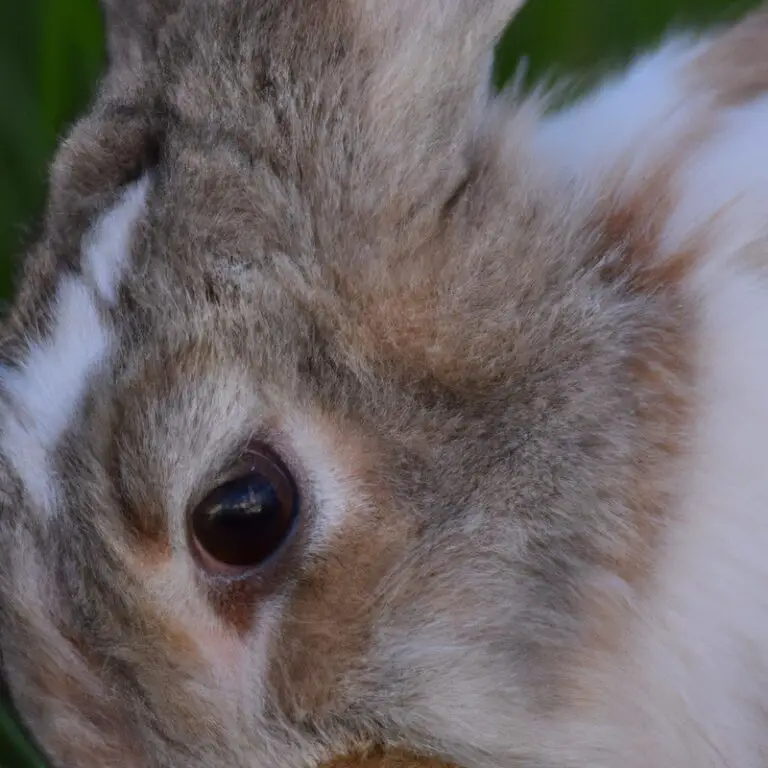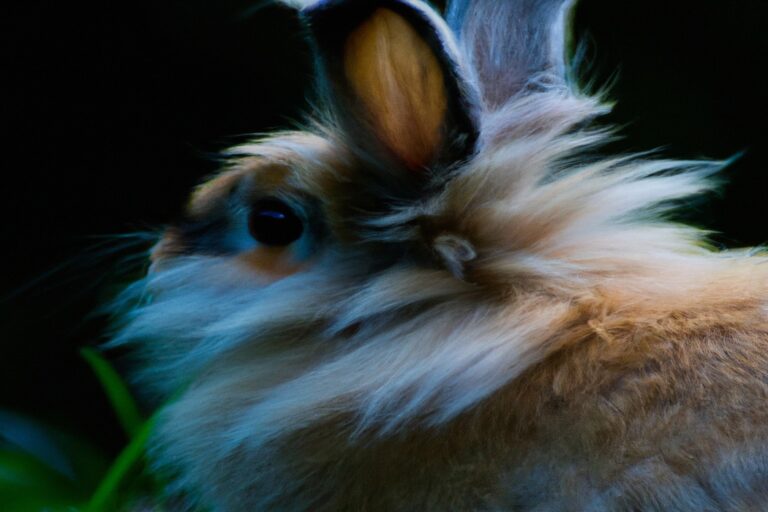How Many Ribs Does a Rabbit Have? Explained
Key Takeaways:
- A rabbit has 26 ribs, with 13 on each side of its body.
- The ribcage of a rabbit plays a vital role in protecting its internal organs.
- The number of ribs in a rabbit is the same for both male and female individuals.
- The ribs of a rabbit are connected to the spine and provide support for its skeletal structure.
Curious about the hidden secrets of a rabbit’s anatomy?
Ever wondered how many ribs those adorable furry creatures have?
Well, get ready to dive into the fascinating world of rabbit skeletons! In this blog post, we’ll explore the intricate details of a rabbit’s skeletal system and uncover the mystery behind their rib count.
From understanding the thoracic vertebrae to counting those elusive ribs, we’ll leave no bone unturned.
Plus, we’ll even delve into the variations in rib count among different rabbit breeds.
So, grab a carrot and let’s hop into this riveting exploration of rabbit ribology!
| Rabbit Anatomy | Number of Ribs |
|---|---|
| Adult Rabbit | 13 pairs |
| Young Rabbit (kit) | 10 pairs |
How Many Ribs Does a Rabbit Have?
Rabbits typically have 26 ribs in their skeletal structure.
Understanding the Anatomy of a Rabbit
Understanding the Anatomy of a Rabbit Rabbits have a unique anatomy that allows them to thrive in their natural habitats. Let’s take a closer look at some key aspects of their anatomy:
- Skeletal system: Rabbits have 28 bones in their skull and 26 bones in their spinal column. They also have an interesting feature – rabbits have 13 pairs of ribs, just like humans!
- Teeth: Rabbits have four upper incisors and two lower incisors that continuously grow throughout their lives. This adaptation helps them cope with their herbivorous diet.
- Digestive system: Rabbits have a unique digestive system designed for processing high-fiber plant material. They have a large cecum that helps break down plant cellulose and extract nutrients from their food.
- Feet: Rabbits have strong hind legs with long feet that allow them to hop and change direction quickly. They also have special pads on their feet to help absorb shock and prevent slipping.
By understanding the anatomy of a rabbit, we can better appreciate their incredible adaptations and unique abilities in the animal kingdom.
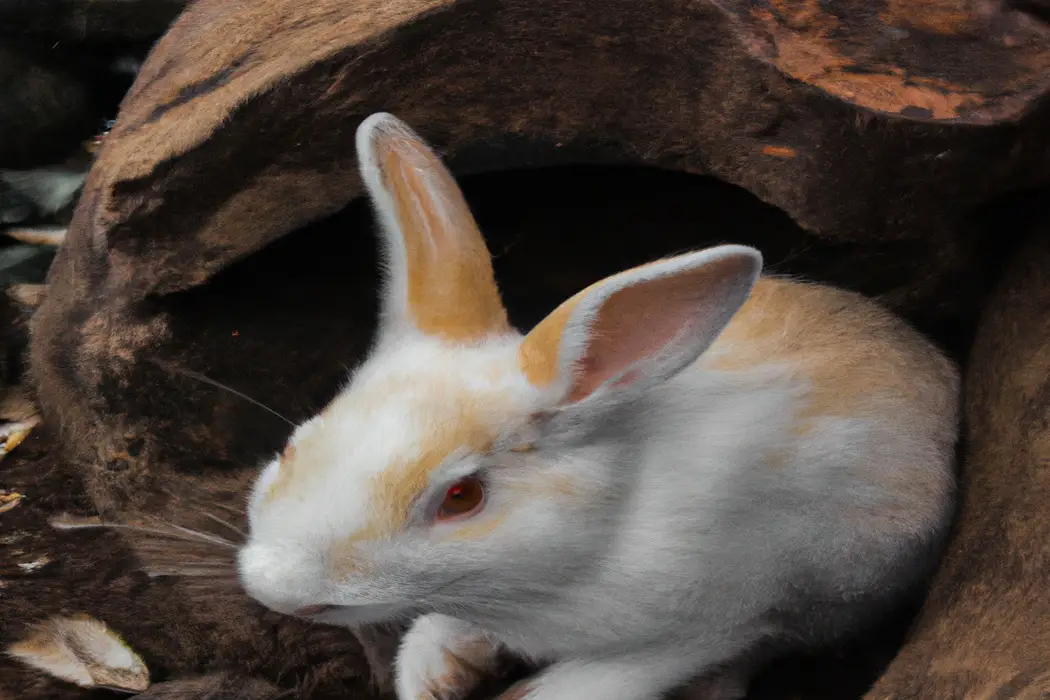
The Skeletal System of a Rabbit
The skeletal system of a rabbit consists of several bones that provide support, protection, and allow for movement. Some key bones in a rabbit’s skeletal system include the skull, spine, ribs, shoulder blades, and hind limbs.
These bones are connected by joints and ligaments, which enable the rabbit to run, jump, and dig.
The ribcage of a rabbit consists of about 12 pairs of ribs, which protect the internal organs, including the heart and lungs. The skeletal system plays a vital role in the overall structure and mobility of a rabbit.
Thoracic Vertebrae and Ribs in Rabbits
Rabbits have 13 thoracic vertebrae, which are responsible for supporting and protecting the chest area.
Each thoracic vertebra is attached to a pair of ribs, and rabbits typically have 26 ribs in total.
These ribs play a crucial role in protecting the vital organs within the thoracic cavity.
It’s important to handle rabbits gently to avoid any injuries to their thoracic vertebrae and ribs.
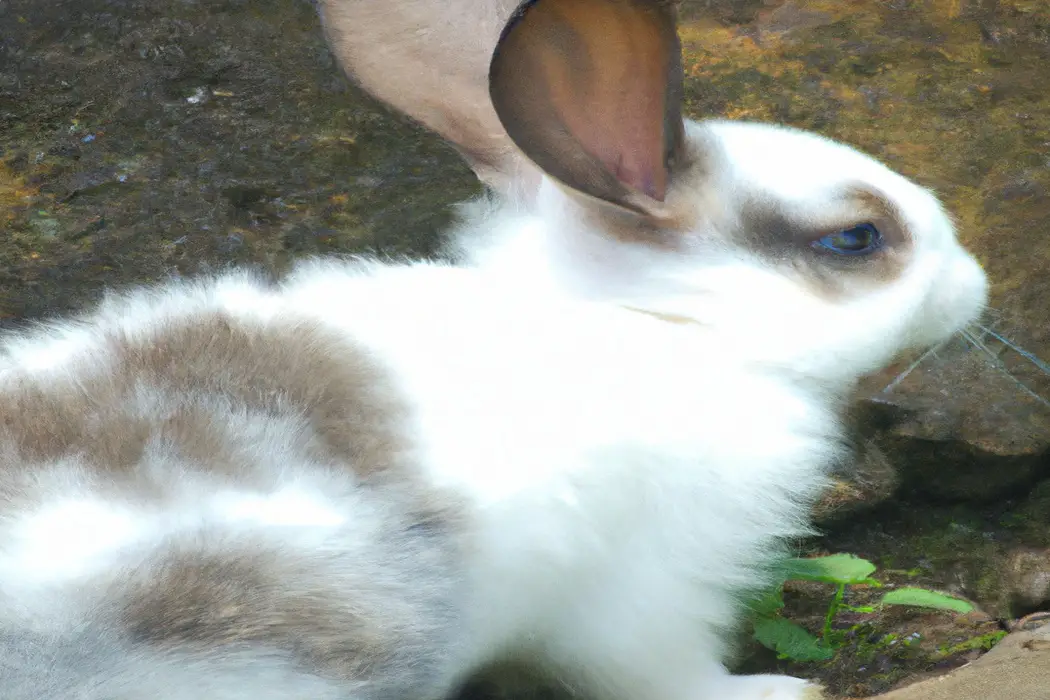
Counting the Ribs in a Rabbit
Counting the ribs in a rabbit can be a bit tricky, but it’s not impossible! To do it, you’ll need to gently feel along the rabbit’s ribcage, starting from the top near the spine and moving down towards the bottom. Use your fingertips to count each rib one by one.
Remember to be gentle and take your time.
It’s important to handle rabbits with care to avoid stressing them out.
Variations in Rib Count Among Rabbit Breeds
Different rabbit breeds can have variations in their rib count. While most rabbits have 12 pairs of ribs, some breeds may have slightly more or fewer ribs.
This variation is due to selective breeding and genetic factors.
It’s important for rabbit owners and breeders to be aware of these differences, as they can impact the overall health and well-being of the rabbits in their care. Veterinary guidance and regular check-ups are essential in ensuring the proper care of rabbits, regardless of their specific rib count.
The Importance of Rib Count in Rabbits
The rib count in rabbits is important because it can provide valuable information about their overall health and development. A normal rib count indicates that the rabbit’s skeletal structure is intact and functioning properly.
It can also be an indicator of adequate nutrition and growth.
Additionally, the rib count can help veterinarians diagnose certain health conditions or injuries that may affect the rabbit’s breathing, movement, or internal organs. Overall, monitoring the rib count is one way to ensure that rabbits are healthy and thriving.
Frequently Asked Questions about Rabbit Ribs
Here are some frequently asked questions about rabbit ribs:
- How many ribs does a rabbit have?
- A rabbit typically has 12 pairs of ribs, making a total of 24 ribs.
- Are rabbit ribs edible?
- Yes, rabbit ribs are edible and can be enjoyed as part of a meal. They can be cooked in various ways, including grilling, roasting, or simmering in sauces.
- Can I give rabbit ribs to my pet rabbit?
- It’s best to avoid giving your pet rabbit ribs. While they may be safe for human consumption, rabbits have delicate digestive systems that are not suited for processed or cooked meats. Stick to a balanced diet of fresh hay, vegetables, and pellets for your pet rabbit.
- Are rabbit ribs similar to other animal ribs?
- Rabbit ribs are smaller and thinner compared to ribs from larger animals like cows or pigs. Rabbit ribs also have less meat on them, so they may require different cooking techniques to ensure they are tender and flavorful.
- Are there any health benefits to eating rabbit ribs?
- Rabbit meat, including the ribs, is lean and low in fat. It is also a good source of protein, vitamins, and minerals. However, it’s important to remember that a balanced diet and moderation are key for overall health.
Remember, if you have any specific concerns or questions about rabbit ribs, it’s always best to consult with a veterinarian or an expert in rabbit care.
Final Verdict
Rabbits have 13 pairs of ribs, which amounts to a total of 26 ribs.
These ribs are important for protecting vital organs and providing structural support to the rabbit’s body.
While most rabbits have the same number of ribs, it is important to note that there can be slight variations among different breeds.
Understanding the anatomy of a rabbit, including its skeletal system and rib count, can provide valuable insights for rabbit owners, veterinarians, and researchers.
By gaining this knowledge, we can better care for these beloved pets and ensure their health and well-being.

